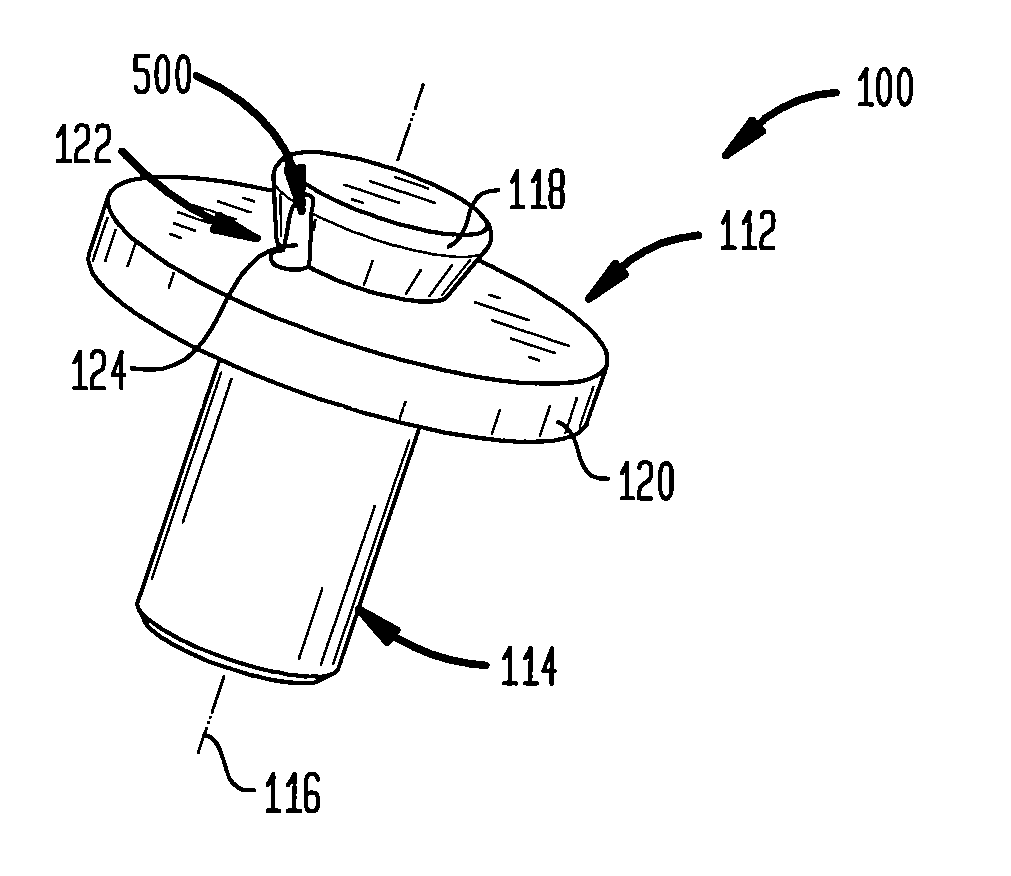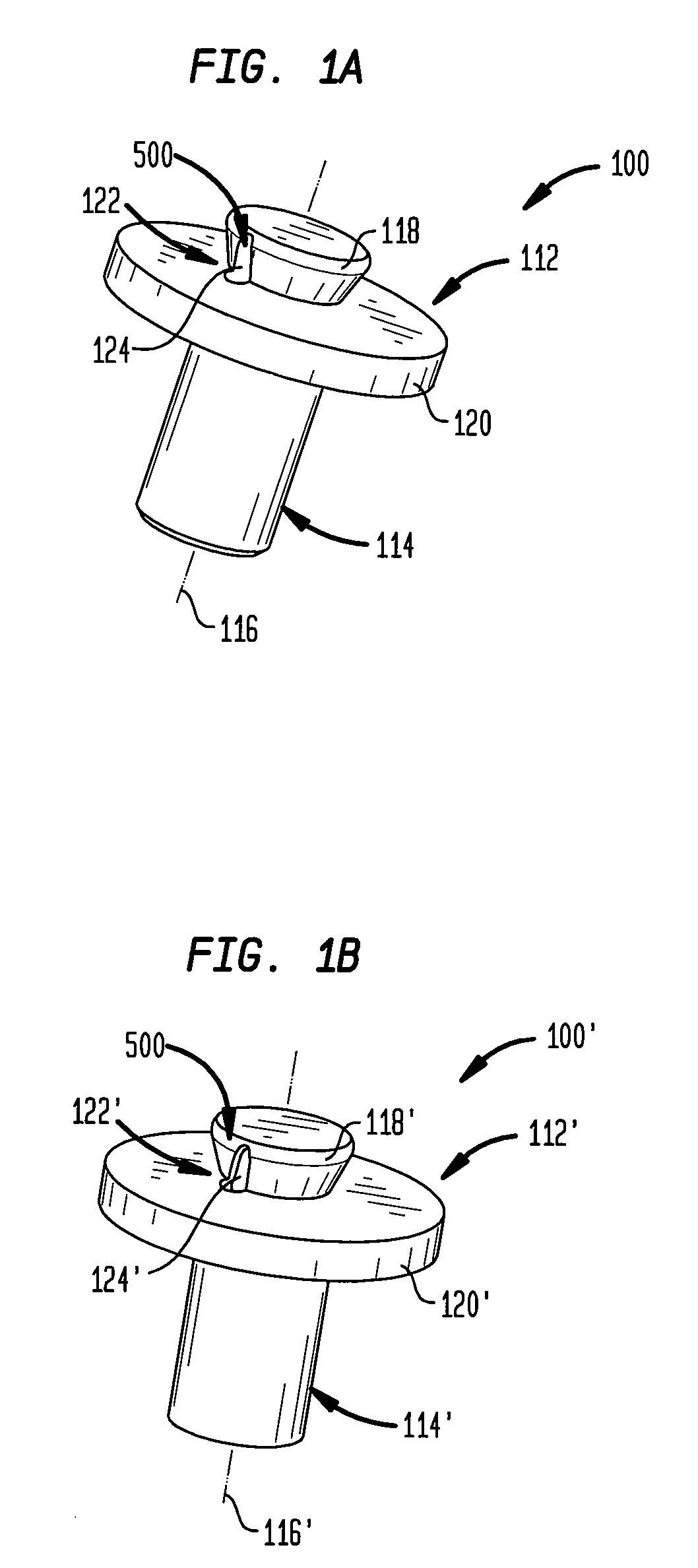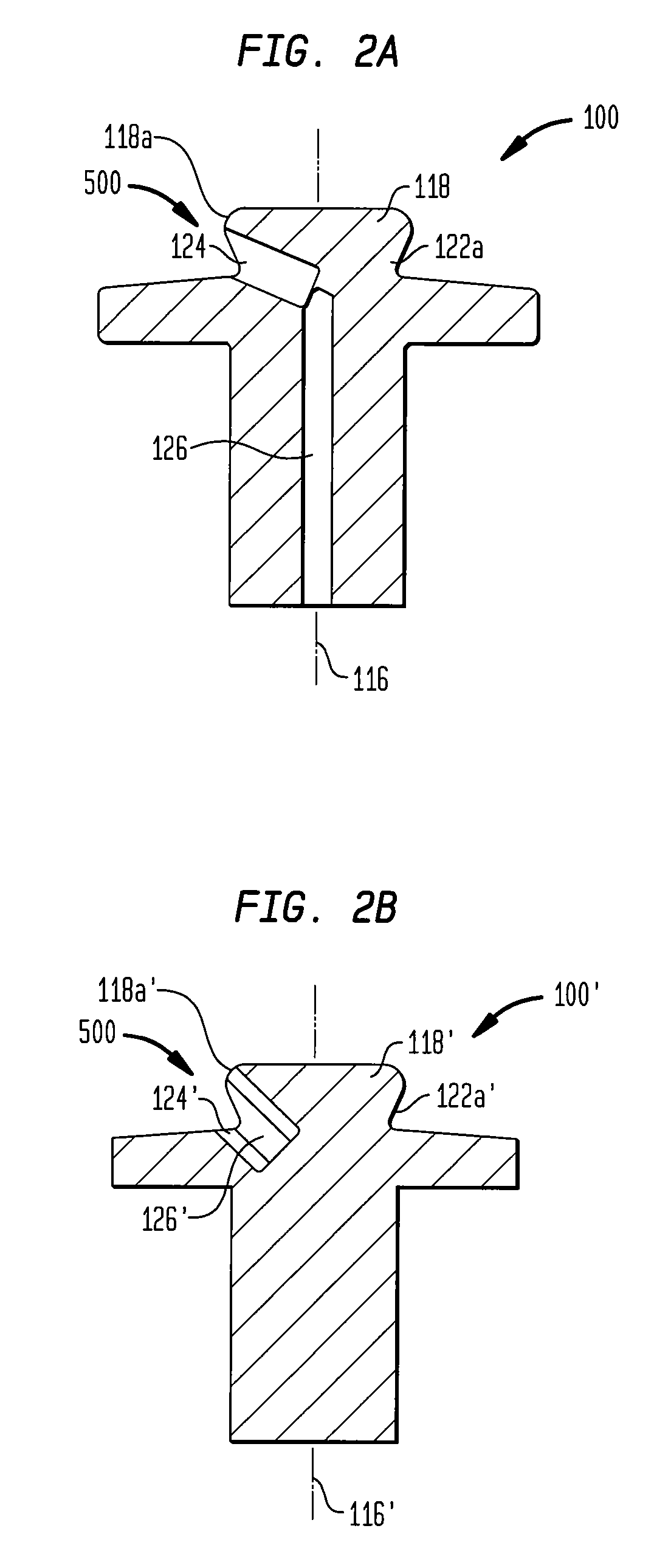Hybrid wafer-holder
a technology of silicon wafers and wafer holders, applied in the direction of electrical equipment, basic electric elements, electric discharge tubes, etc., can solve the problems of secure wafer gripping, wafers subject to relatively severe conditions, and conventional wafer holding devices are often incapable of withstand the relatively high temperatures associated with simox processing, etc., to reduce heat loss from the wafer
- Summary
- Abstract
- Description
- Claims
- Application Information
AI Technical Summary
Benefits of technology
Problems solved by technology
Method used
Image
Examples
Embodiment Construction
[0041] The present invention provides a wafer-holding pin that is well-suited for use with SIMOX wafer processing including use of relatively high ion beam energies and temperatures in a vacuum or reduced pressure environment. In general, the wafer-holding pin has a structure that maintains its integrity and reduces the likelihood of wafer damage during extreme conditions associated with SIMOX wafer processing. In some embodiments, the wafer-holding pin can be formed from a thermosetting resin that can be filled with a conductive material to provide an electrical path from the wafer to ground for preventing electrical charging of the wafer, and possible arcing, during the ion implantation process. Portions of the wafer-holding pin can be embedded with graphite to reduce wafer rotation during implantation.
[0042] Some embodiments provide wafer-holding pins that are formed of a thermosetting resin material impregnated with a conductive material, such as graphite, so as to provide an e...
PUM
| Property | Measurement | Unit |
|---|---|---|
| Temperature | aaaaa | aaaaa |
| Temperature | aaaaa | aaaaa |
| Angle | aaaaa | aaaaa |
Abstract
Description
Claims
Application Information
 Login to View More
Login to View More - R&D
- Intellectual Property
- Life Sciences
- Materials
- Tech Scout
- Unparalleled Data Quality
- Higher Quality Content
- 60% Fewer Hallucinations
Browse by: Latest US Patents, China's latest patents, Technical Efficacy Thesaurus, Application Domain, Technology Topic, Popular Technical Reports.
© 2025 PatSnap. All rights reserved.Legal|Privacy policy|Modern Slavery Act Transparency Statement|Sitemap|About US| Contact US: help@patsnap.com



